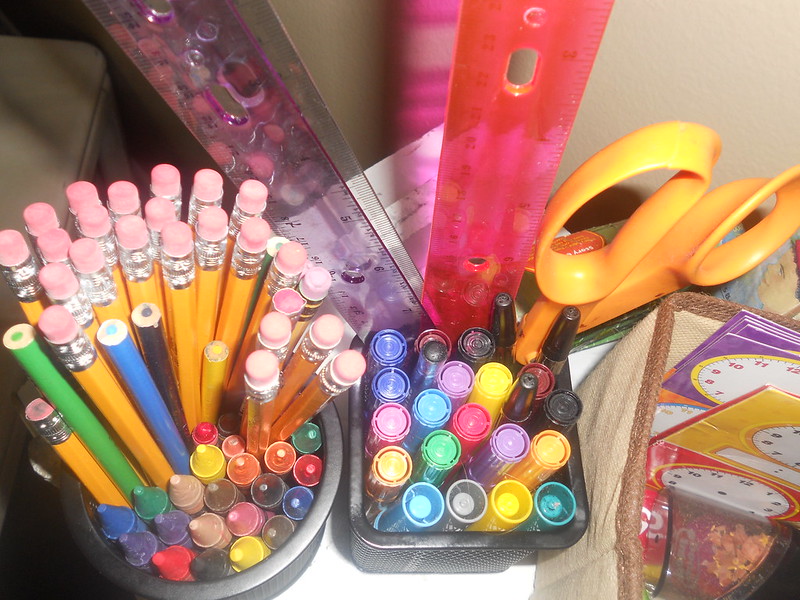“Rest and be thankful.” – William Wordsworth
Holidays and vacations are a great opportunity to rest, recharge and explore the U.S.
Memorial Day Weekend is the unofficial start of summer travel season. Here are some reminders about program rules regarding holidays, vacations and international travel.

Holidays
- Host families are not required to give au pairs off on any specific holidays.
- Each host family will make different arrangements on holidays, some au pairs will be off and others will be required to work.
- Au pairs should not make plans for holidays without checking with your host family first.
Vacations
- During the pandemic, it is important that au pairs and host families discuss what travel and activities are an acceptable level of risk, before plans are made.
- Au pairs earns 2 weeks of paid vacation during the course of her year.
- Vacation time should be mutually agreed upon.
- All vacation should be preplanned (at least 4 weeks in advance).
- All au pair’s friends and/or family visits/vacations should be pre-approved prior to purchasing tickets.
- If an au pair travels with her host family, it should be discussed in advance whether this is the au pair’s vacation or if she is working.
- If an au pair travels with the host family to work, the host family is required to pay for her transportation, lodging and meals.
Travel Outside of the U.S.
Photo: Leah Kelly from Pexels

 Au Pair in America is discouraging international travel during the pandemic for multiple reasons. Here are some resources to help you understand the process and risks, so you can make an informed decision.
Au Pair in America is discouraging international travel during the pandemic for multiple reasons. Here are some resources to help you understand the process and risks, so you can make an informed decision. Places like the MVA and Social Security office can be challenging for Americans, so I can understand how difficult it could be for an au pair to run into problems there.
Places like the MVA and Social Security office can be challenging for Americans, so I can understand how difficult it could be for an au pair to run into problems there. Years ago when my kids were younger, I had a cluster meeting at my house and a few au pairs commented on the chore and behavior charts I had posted in my family room. With four kids, I sometimes found it difficult to keep track of who had done what and who had gained or lost various privileges. So, over the years, I have used charts to keep everything on track. I have also created charts for host families and au pairs dealing with behavior the children may be having.
Years ago when my kids were younger, I had a cluster meeting at my house and a few au pairs commented on the chore and behavior charts I had posted in my family room. With four kids, I sometimes found it difficult to keep track of who had done what and who had gained or lost various privileges. So, over the years, I have used charts to keep everything on track. I have also created charts for host families and au pairs dealing with behavior the children may be having.